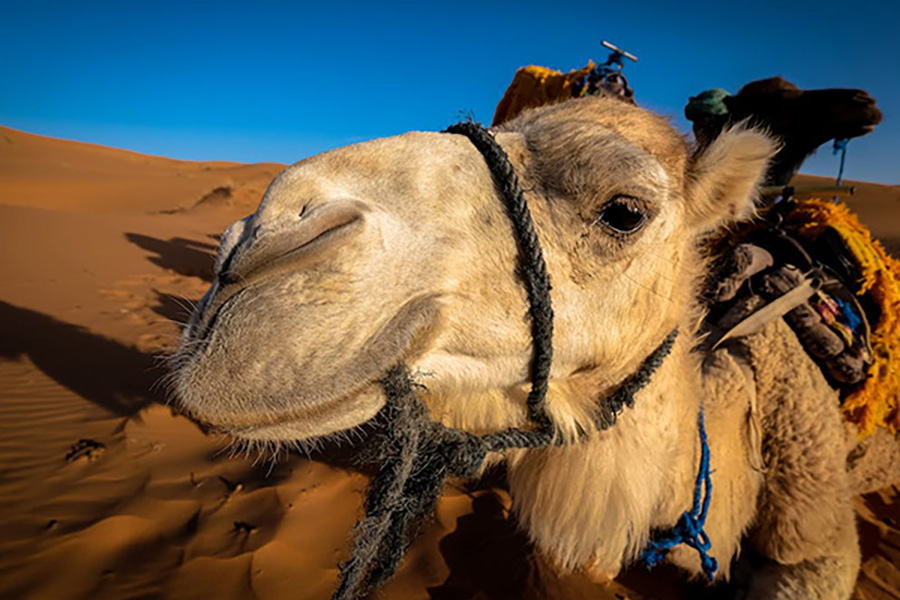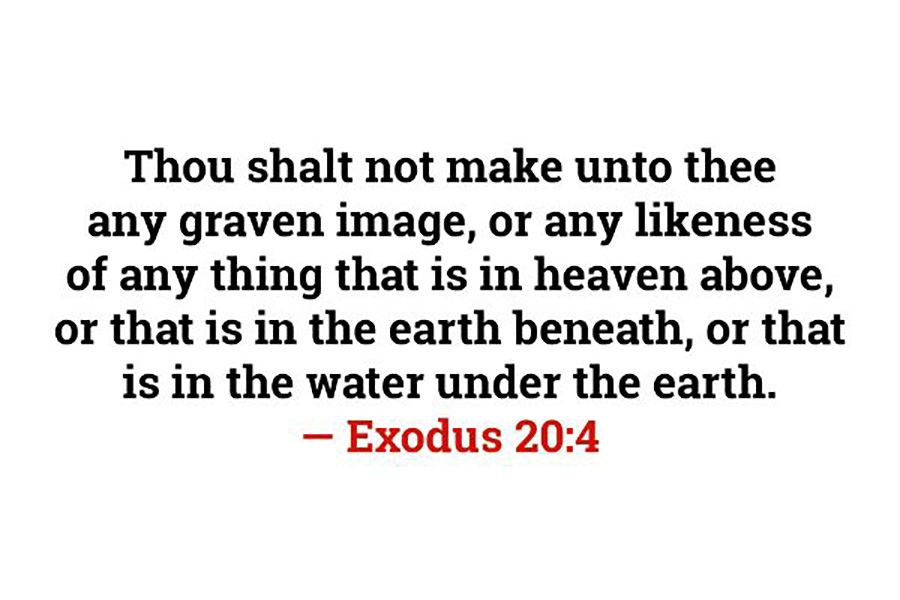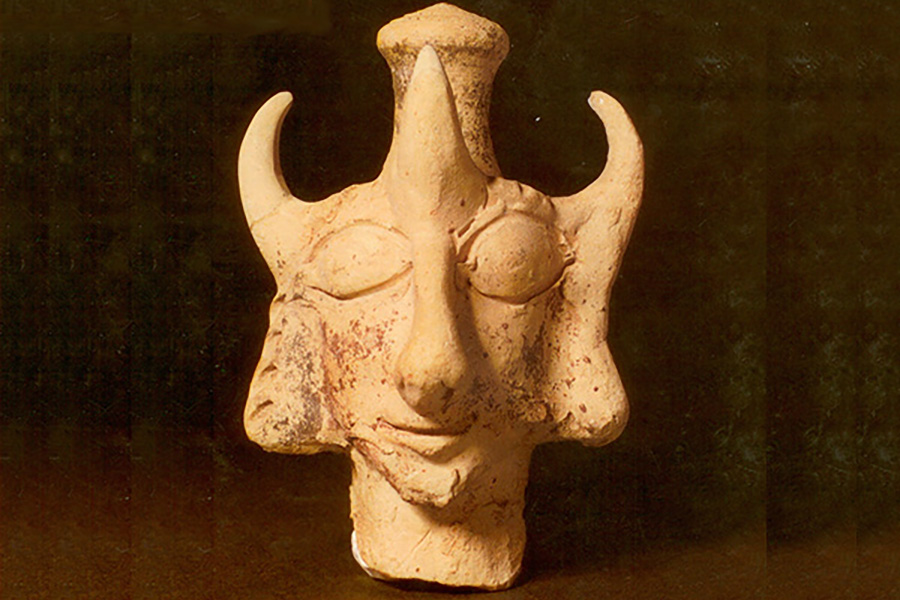« Back to Glossary Index
Synonyms:
𐤂𐤌𐤋, camel
The word gamal (𐤂𐤌𐤋) means “camel” meaning either of two large, humped, ruminant quadrupeds of the genus Camelus.
Extended Study for 𐤂𐤌𐤋 (gamal)
To read the study guide entry that elaborates on 𐤂𐤌𐤋 (gamal) then join our Extended Study Membership at https://www.paleohebrewdictionary.org/extended or use phdict.org/extended to share a short link with others.





